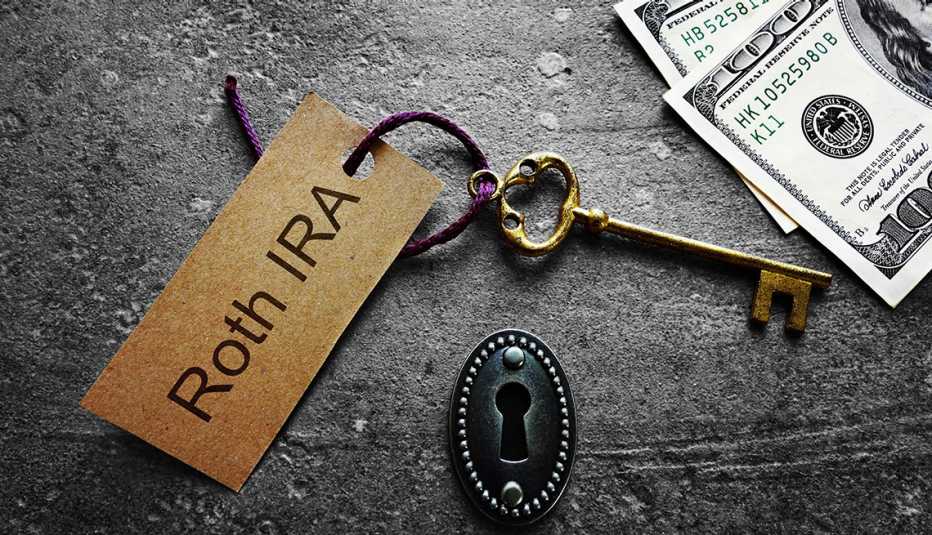Staying Fit
If you have a child or grandchild with disabilities, one of your biggest worries is what will happen when you are no longer around to provide aid. For many people, the answer is an Achieving a Better Life Experience (ABLE) account. The accounts let those with disabilities set aside extra money without interfering with their federal aid.
All but four states — Idaho, North Dakota, South Dakota and Wisconsin — provide ABLE accounts, which are aimed at alleviating poverty for people with disabilities. Some states, such as California and Pennsylvania, allow people from other states to invest in their ABLE program.


AARP Membership— $12 for your first year when you sign up for Automatic Renewal
Get instant access to members-only products and hundreds of discounts, a free second membership, and a subscription to AARP the Magazine.
Account owners can invest their money and shield earnings from taxes. Withdrawals are tax-free, provided the money is spent on approved expenses related to the account owner’s condition. And much or all of the money in an ABLE account does not count against asset limits that affect eligibility for safety net programs such as Medicaid and Supplemental Security Income (SSI).
“As long as you understand the limitations and benefits, they work really well,” says Charlie Massimo, senior vice president and financial adviser at Wealth Enhancement Group.
How it works
ABLE accounts were established by the same law that created 529 college savings plans. To be eligible, you must have a disability that began by the time you reached age 26 and, in most cases, be receiving SSI benefits or Social Security Disability Insurance (SSDI).
If you have reached the age requirement but aren’t getting SSI or SSDI benefits, you may be able to open an ABLE account if you meet Social Security’s disability definitions and criteria and can get a letter of disability from a doctor certifying your condition.
A person with disabilities can have only one ABLE account, but anyone can contribute to it. The maximum contribution in 2023 is $17,000, which rises to $18,000 in 2024. Those who can work can contribute an additional amount up to their annual gross salary or the individual Federal Poverty Level (FPL). For an individual, the FPL in 2023 is $13,590 and $14,580 in 2024. In some states, such as Ohio, contributions are deductible from state income taxes.
You can keep $235,000 to $550,000 in an ABLE account, depending on state limits. If you have more than $100,000 in an ABLE account, the excess could cause your SSI to be suspended, assuming you had the $2,000 limit in other accounts. Your SSI can be reinstated if your assets fall below the cap. The $100,000 ABLE limit does not apply to benefits from Medicaid or the Supplemental Nutrition Assistance Program (SNAP), formerly known as food stamps.
Without an ABLE account, many people with disabilities face a choice between building savings and keeping their benefits. If the ABLE money is spent on a “qualified disability expense,” such as food, housing, transportation and other things that help improve health, independence or quality of life, withdrawals are free from federal and state taxes.






































































